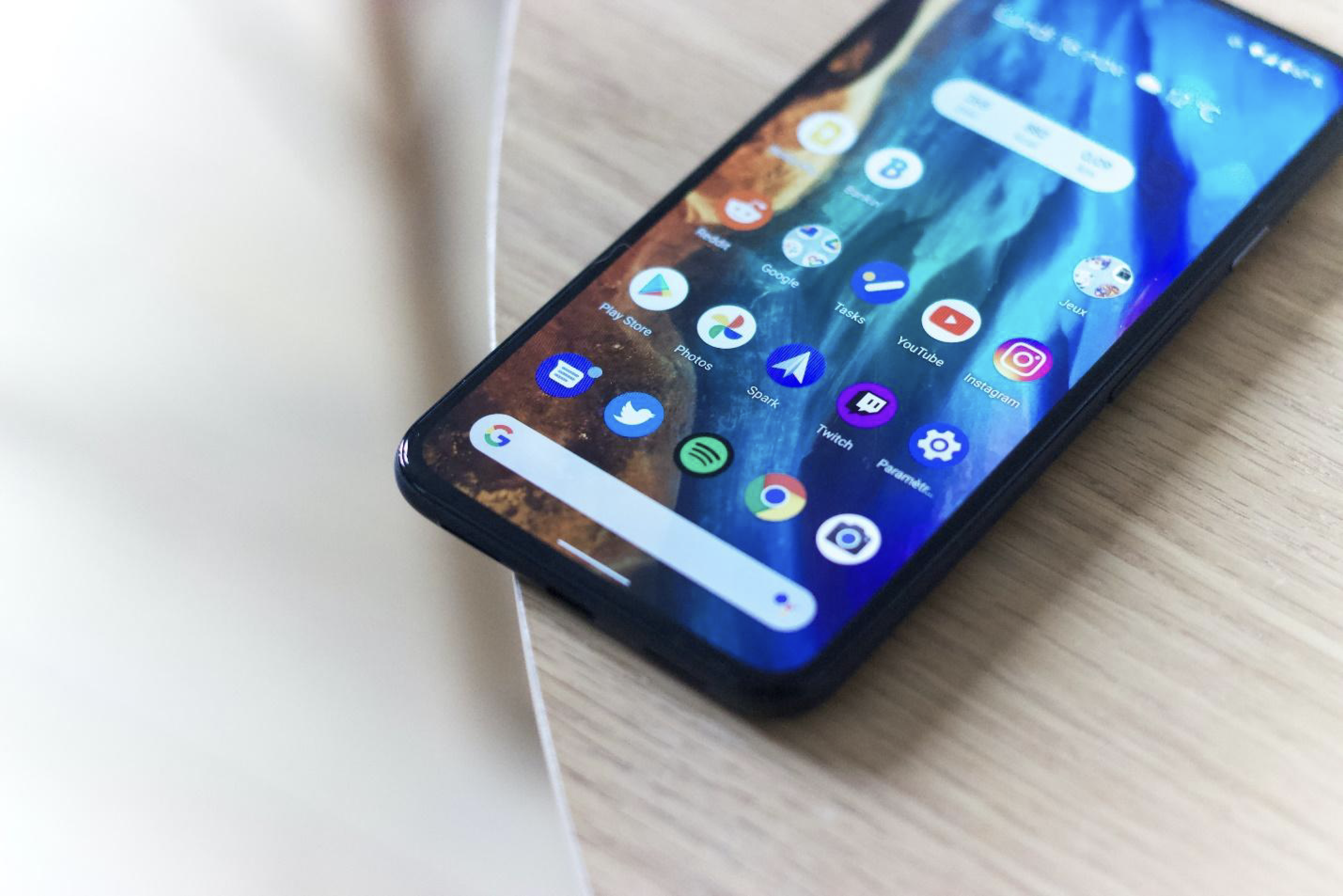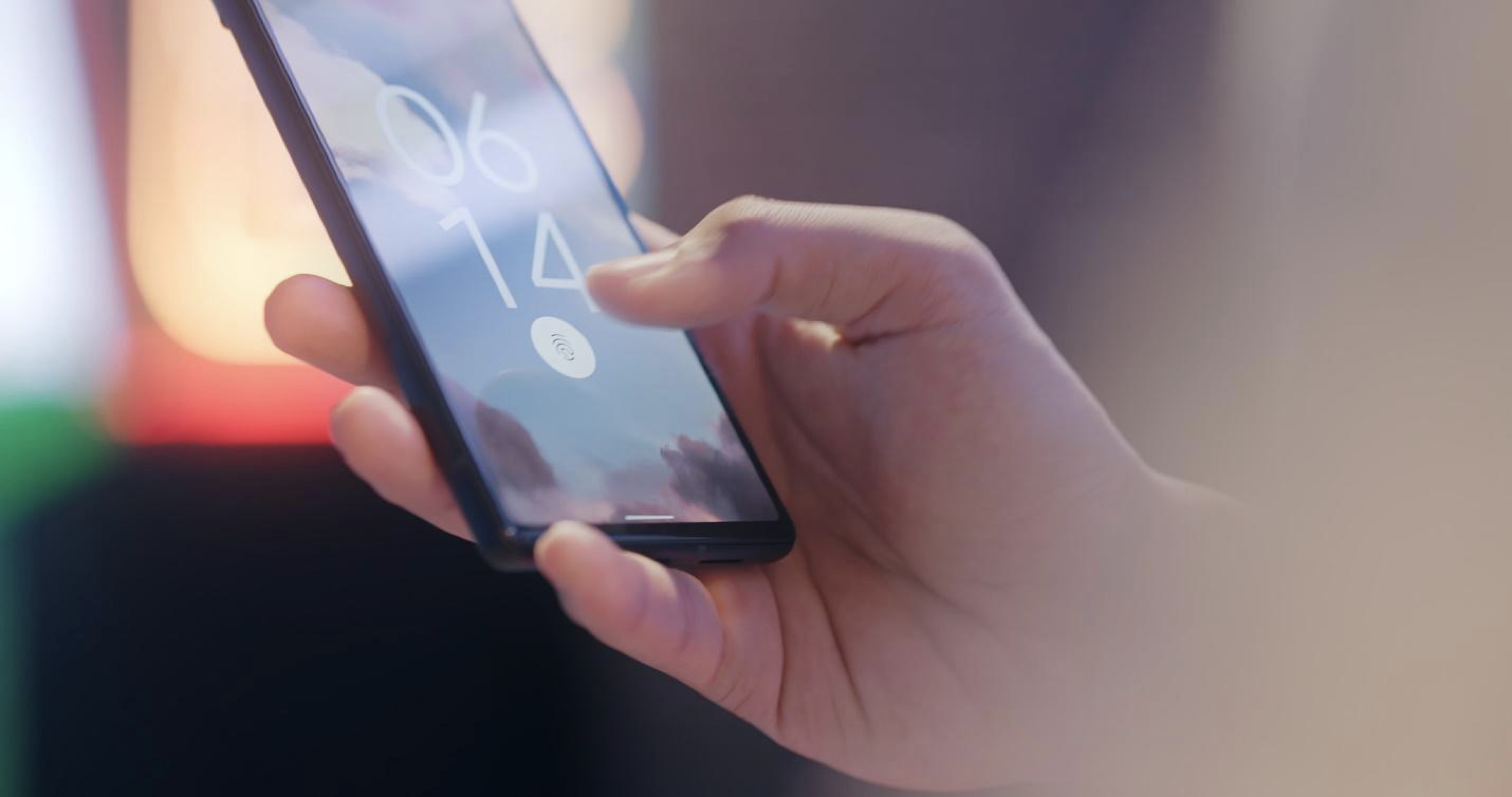What is testing on an Android?
Android testing is the process of evaluating and verifying the functionality, performance, and quality of Android applications. Testing is a critical part of the software development cycle that uses specialized techniques and tools to identify and fix defects, ultimately ensuring that an app is ready for end users.
How many types of testing are done on Androids?
There are various types of testing in Android, each targeting different aspects of an application’s functionality and performance. Let’s delve into some of these testing ntypes and their use cases.

Unit testing
Unit testing entails examining individual units or components of an application in isolation. Developers create unit tests to verify the functionality of small code segments, guaranteeing the production of anticipated outcomes. Unit tests facilitate the early detection of bugs and help maintain code quality.
Imagine you’re developing a fitness-tracking app with a step-counter feature. You can write a unit test to verify that the step-counting algorithm accurately increments the step count when new steps are detected.
Integration testing
Integration testing focuses on verifying the interactions between different components within an application. It ensures that these components work well together and exchange data correctly.
For example, on an e-commerce website, integration testing would involve confirming that the shopping cart module and the payment gateway module interact seamlessly, ensuring that items are correctly transferred for payment processing.
Functional testing
Functional testing involves assessing whether the application’s features and operations function according to their intended purpose. It evaluates an app’s responsiveness, stability, and resource consumption under various conditions to ensure that the app remains functional and performs well.
When performing functional testing, developers devise test scenarios to simulate genuine user engagements, affirming that the application operates as anticipated. For example, functional testing for a messaging app would involve the simulation of sending a message between users to ensure that the messaging feature works.
UI testing
User interface testing involves checking the graphical user interface (GUI) of the app. It verifies that UI elements display correctly, respond to user interactions, and follow design guidelines.
For example, a tester who needed to verify that images load correctly in a gallery app when the user swipes through different images would conduct UI testing.
Performance testing
Performance testing evaluates an app’s responsiveness, stability, and resource consumption under various user loads. Performance testing helps ensure that the app remains functional and performs well even during peak usage and helps identify where the app’s performance can be improved and optimized.
In a navigation app, performance testing might involve assessing how quickly the app calculates and displays routes, especially in areas with poor network connectivity.
Security testing
Security testing aims to identify vulnerabilities and weaknesses that could potentially compromise the app’s security and user data. Security testing is crucial to safeguard sensitive user information and ensure the app’s integrity.
For example, a tester conducting security testing on a banking app would assess the app for potential vulnerabilities such as data leaks, unauthorized access, or inadequate encryption measures.

Usability testing
Usability testing evaluates the user-friendliness of an app. It focuses on ensuring that users can easily navigate the app, perform actions intuitively, and have a positive overall experience.
Usability testing is often conducted by real users interacting with the app, but it can also be done by developers or testers.
Suppose you’re designing a travel booking app. To perform usability testing, you would ask users to book a flight and a hotel, observing how they interact with the interface and noting any difficulties they encounter.
Automated testing
Automated testing in Android involves using scripts and tools to automatically run tests on the app’s functionality. This type of testing is efficient for repeated and complex tests, saving time and reducing human errors.
End-to-end testing
End-to-end testing involves evaluating the entire flow of an application, including multiple components, subsystems, and interactions, to ensure that they work harmoniously. End-to-end testing helps identify any issues that arise when different parts of the app are connected.
How to conduct Android testing
Conducting effective Android testing requires several key steps to ensure the quality and reliability of your application. By following a structured approach, you can identify issues early in the development process and deliver a seamless user experience.
1. Set up testing environment
Before you begin testing, you need to set up the necessary tools and frameworks to facilitate the testing process.
Here are the key things to consider:
- Testing frameworks: Depending on the type of testing you’re conducting, choose appropriate testing frameworks such as JUnit, Espresso, or UI Automator.
- Android Studio: Ensure you have the latest version of Android Studio installed. It provides tools for testing, debugging, and profiling your app.
- Emulators and devices: Set up emulators with different Android versions and screen sizes, and consider using physical devices for real-world testing scenarios.
2. Write test cases
Writing comprehensive test cases is essential to cover different aspects of your application’s functionality. Each test case should focus on a specific scenario or use case.
Here’s how you can write test cases:
- Identify scenarios: Determine the key scenarios that need testing, including user flows, edge cases, error handling, and performance benchmarks.
- Create test classes: Organize your tests into separate classes for better maintainability. For instance, create separate classes for unit tests, UI tests, integration tests, etc.
- Write assertions: Within each test case, include assertions to validate the expected outcomes. Assertions compare actual results with expected values or conditions.
3. Execute tests
After creating test cases, it’s time to run them on different devices and emulators to ensure compatibility and reliability.
To execute tests effectively, here are the options to consider:
- Select test configuration: Choose the appropriate test configuration based on the type of testing you’re performing (unit, UI, integration, etc.).
- Run on emulators: Run tests on various emulators to cover a range of device configurations. This helps catch issues related to different Android versions and screen sizes.
- Use physical devices: Test on physical devices to simulate real-world conditions and identify device-specific issues.
- Parallel testing: If feasible, run tests in parallel to save time and speed up the testing process.
4. Analyze results
Once tests are executed, you need to analyze the results to identify any failures, performance bottlenecks, or defects. Most testing frameworks generate detailed test reports that show which tests passed, which failed, and any exceptions encountered. You should also investigate the cause of test failures by examining error messages, stack traces, and logcat outputs. Debugging tools in Android Studio can help pinpoint the issue. For performance testing, tools like Android Profiler can help analyze metrics such as CPU usage, memory consumption, and network activity.
5. Iterate and improve
Testing is an iterative process. As you identify issues and make improvements, the testing process should be repeated to validate fixes and enhancements, address bugs found during testing, and ensure that the test cases that previously failed now pass.
Also, remember that the testing phase never really ends, as new updates keep coming due to user reviews and added functionalities. So as new code is added, tests should be run again to ensure the Android app functions as it should.
Conclusion
Android testing is an indispensable aspect of app development, ensuring your application functions seamlessly across various devices and situations.
With a range of testing types and tools at your disposal, you can identify and address issues early in the development process. If you are interested in quality Android testing, try a free demo of Tricentis Testim Mobile.
This post was written by Israel Oyetunji. Israel is a frontend developer with a knack for creating engaging UI and interactive experiences. He has proven experience developing consumer-focused websites using HTML, CSS, Javascript, React JS, SASS, and relevant technologies. He loves writing about tech and creating how-to tutorials for developers.